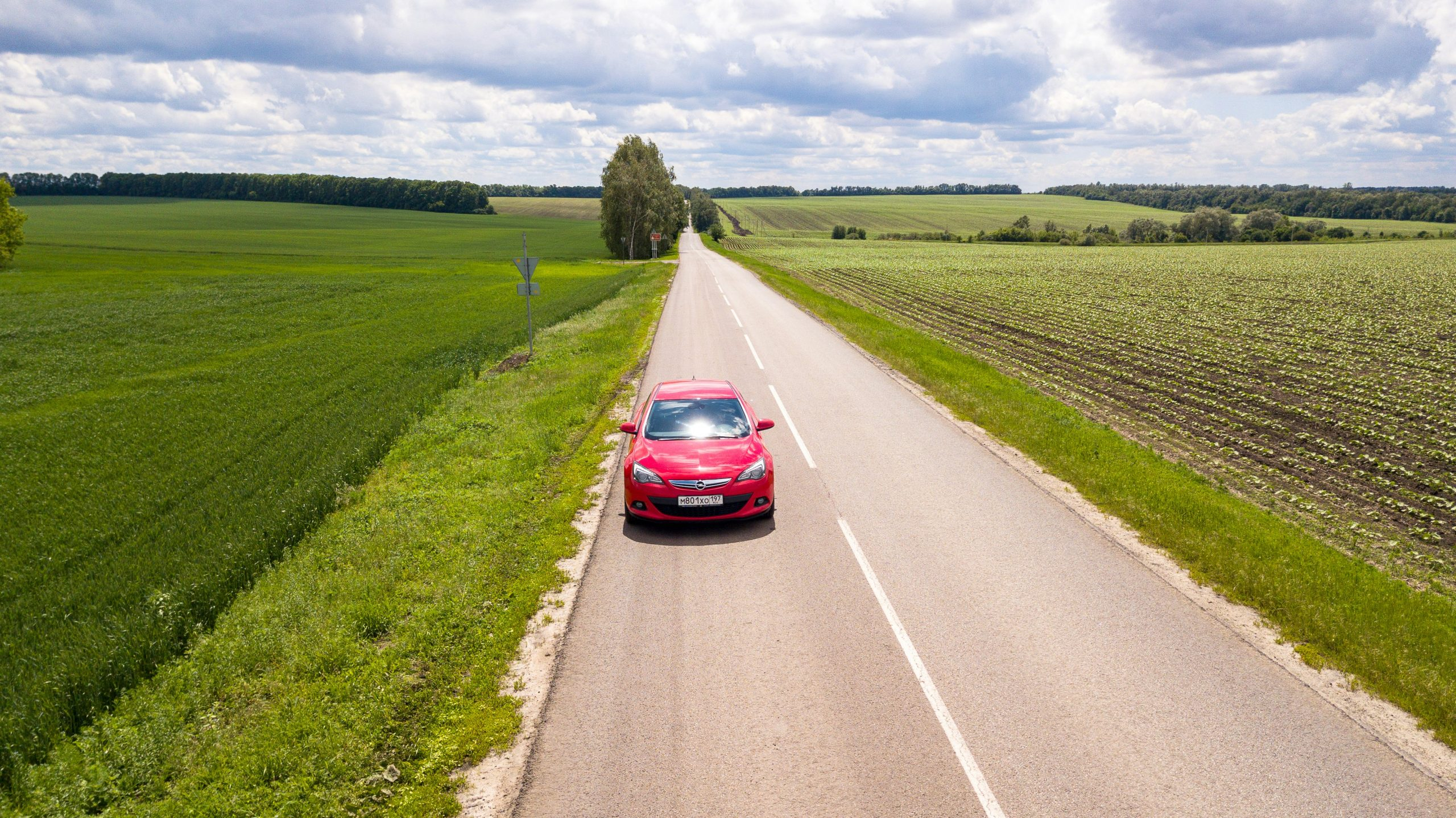Understanding the Value of Vehicle Safety Features
Driving a vehicle can be a dangerous activity. With countless accidents occurring daily, it’s important to make sure you and your loved ones are as safe as possible on the road. That’s where vehicle safety features come in. These advanced technologies are designed to protect drivers and passengers from harm and improve overall safety on the roads. But do you really understand the value and importance of these features? In this article, we’ll explore the ins and outs of vehicle safety features and why they should not be taken for granted.
The Evolution of Vehicle Safety Features
Vehicle safety technology has come a long way since the first cars were introduced over a century ago. In the early days, cars had minimal safety features, if any at all. However, as technology advanced, so did the safety measures in vehicles. Today, we have a wide variety of safety features that can help prevent accidents, reduce the severity of injuries, and even save lives.
Active vs. Passive Safety Features
There are two types of safety features in vehicles: active and passive. Active safety features are designed to help prevent accidents from happening in the first place. These features use advanced technology to detect potential hazards and alert the driver so that they can take necessary action. Examples of active safety features include lane departure warning, automatic emergency braking, and blind spot detection systems.
On the other hand, passive safety features are designed to protect passengers in the event of an accident. These features are primarily meant to reduce the severity of injuries and save lives. They include airbags, seatbelts, and crumple zones. While they can’t prevent an accident from occurring, they are crucial in minimizing the damage caused by one.
The Importance of Vehicle Safety Features
There’s no denying that vehicle safety features play a crucial role in our safety on the roads. In fact, according to the National Highway Traffic Safety Administration, over 30,000 lives were saved by vehicle safety features in the U.S. in 2019 alone. That’s not all – these features also prevent millions of injuries every year. This is a testament to just how important and effective these technologies are.
Reducing the Risk of Accidents
As mentioned earlier, active safety features are designed to help prevent accidents from occurring. By using advanced sensors and cameras, these features can detect potential hazards such as other vehicles or pedestrians and alert the driver to take necessary action. This is especially useful in situations where the driver may be distracted or fatigued, greatly reducing the risk of an accident.
Minimizing the Impact of Accidents
In the unfortunate event of an accident, passive safety features are crucial in minimizing the impact and severity of injuries. Airbags, for example, are meant to deploy upon impact and cushion the passengers from the impact of the collision, reducing the chances of serious injuries or fatalities. Similarly, seatbelts are also important in keeping passengers in their seats and preventing them from being thrown around the vehicle in the event of a crash.
Saving Lives
The most important value of vehicle safety features is undoubtedly their ability to save lives. In the past, many accidents that would have been fatal are now survivable thanks to these advanced technologies. By reducing the number and severity of injuries, vehicle safety features have helped save countless lives, making our roads much safer for everyone.
In Conclusion
Vehicle safety features are not just luxuries – they are necessities. In today’s world, where we spend a considerable amount of time on the road, it’s important to understand and appreciate the value of these technologies. From preventing accidents to saving lives, vehicle safety features have had a tremendous impact on our safety on the roads. So next time you’re considering a new car, make sure to prioritize the presence of these features for a safer driving experience.











